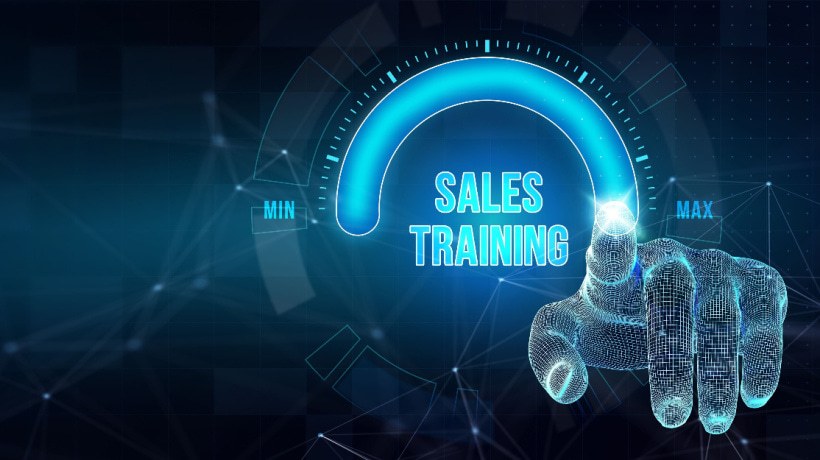Training Professionals Can Survive and Thrive with Software
Marc Andreeson, internet pioneer and Netscape cofounder, famously wrote in 2011 that “software is eating the world.” This was an electrifying essay whose main thesis was that increasingly, software companies will begin taking over large swathes of the broader economy, even in markets that don’t seem to be related to software at all. While this was a fairly bold statement that hadn’t been widely accepted by mainstream, non-technical circles in 2011, today his conclusion seems to be a given. We’ve seen it play out over and over again, in market after market.
The Training and Education Industry is Not Immune
The mental image of hungry software goblins, out to eat us, can be amusing on the one hand, but deeply disturbing on the other. Pressure from software and software companies is already impacting every aspect of the training and education industry, and we’re only in the beginning stages. Free online courses are impacting training centers, training centers are pressuring higher education, higher education is launching free MOOCs which affects everyone’s model, and internal training departments need to innovate and demonstrate results vs. new high quality entrants.
How To Respond
So how are we to respond? I believe that no matter what your business is, you need to become the CEO of a software company. Software must be your differentiator. Software must be your competitive advantage. Software must be integrated, ingested, and ingrained in every aspect of your offering. Software must become your foundation so that you’re freed to build the rest of your offering, rather than constantly defending against new challenges posed by voracious software.
Here’s a few things to consider when evaluating your training operations:
- Do you have a comprehensive online marketing strategy that drives prospects to book training courses online?
- Is your website world class, up-to-date, and loaded with value for potential prospects? Can you make quick changes without a lot of friction?
- Can you quickly and easily find the information you need, across your entire operation?
- Are all your business processes automated so that you’re not spending more than a few minutes on manual chores each day?
- Are you delivering online learning? Does it look amazing? Is it easy to engage with on a variety of platforms?
If the answer to any of these is “no” then you have a strategic weakness that will become material within the next few years.
It’s Time to Get Technical
If you’re not technical, it’s time to get technical. Develop the skills you need to evaluate and design high quality business processes that are managed by software. Set aside a budget for technology that solves these problems and make it a key part of your ongoing strategy. You don’t need to learn to code, as most tech CEOs no longer code each day, but you do need to be familiar with how to manage and deploy software and tech resources.
It has been reported that sometimes Google will value companies they’re acquiring by how many programmers they have on staff. It’s not too far fetched to think that within a decade the same metric could be applied to companies within the training and education industry. This doesn’t mean that you should go out and start building custom software or hiring programmers, but it does mean you’ll need team members who are capable of integrating different software solutions to provide an innovative, excellent, and focused experience to your students.
A Roadmap for a Post "Software Consumed" World
A world that runs on software requires the minimization of time spent on administration, and the maximization of time allocated to creating customer value. While no organization is ever going to be perfect, imagine a world where your operations can run mostly unattended, where you’re free to focus on the things software doesn’t do so well.
Software isn’t very good at customer service, so make this your core. Software struggles to be empathetic, and it has difficulty reacting to fluid environments so make this your wheelhouse. Software can’t create and it struggles at coaching, mentoring, nurturing, and figuring out a solutions to student comprehension challenges. This is where you and your organization should live and thrive.
Don’t worry about being late to the party. As the Chinese proverb says, "The best time to plant a tree was 20 years ago. The second best time is now.” Instead, set aside the time to invest in your future now, attack your problems, and you'll be amazed at how much better your operation becomes. Those organizations that took the time to evaluate their needs and then tackled their issues with software solutions invariably saved huge amounts of time and in many cases experienced substantial business growth.
In summary, lets focus on appropriate incorporation of software to save as much training administration time as possible and refocus our efforts on why we got into this industry in the first place - to provide amazing education that helps people improve and deliver outstanding results.








